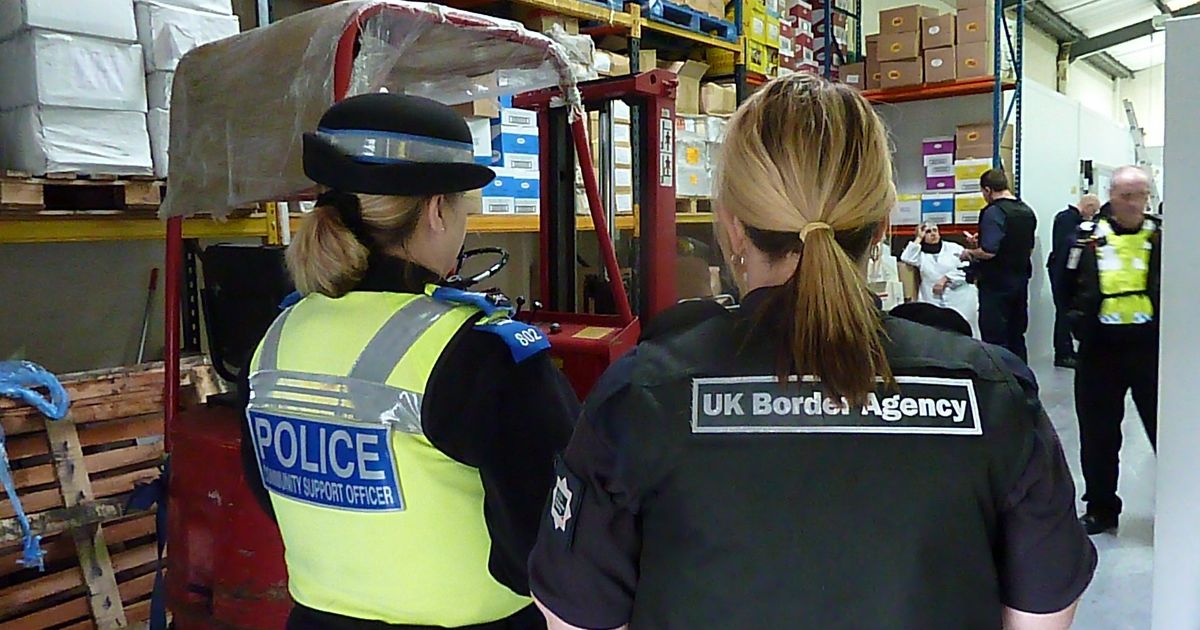
The British satirist Peter Cook had a wicked retort for anyone who said they were writing a book: “Neither am I.” But now that I’ve finally signed a contract for A New History of British Art (a project I first mentioned in the Diary back in February 2020), I really do have to write it. Lockdown has been terrible in many ways, but for procrastinators like me it has provided endless excuses for inaction. After all, how can you write a book about art if museum visits don’t count as essential journeys?
I still can’t visit a museum, but I can buy a book. So almost every day the postman brings a new volume on one of the many aspects of British art I know nothing about. At this rate, I shall end up buying more books than I sell. I didn’t know the extent to which print-on-demand books were now available. The print quality isn’t great, and if you read them in the bath, the covers curl up like a slice of stale bread. But being able to order the most obscure academic titles for next-day delivery is a great convenience.
Another surprise is the availability of ex-library books. For £60 I bought Oliver Millar’s two-volume catalogue of the Tudor and Stuart pictures in the Royal Collection, recently withdrawn from the library of Nottingham Trent University and in fine condition. It is still, despite being published in 1963, one of the best surveys of early British art, but it seems a shame universities don’t feel the need to hold such books any more. Or, rather, it’s a shame students don’t feel the need to read such books any more (the slip reveals it was last borrowed in 1984).
Ordering art books from Europe is now more or less impossible, thanks to Brexit. If you can find an independent bookseller prepared to ship to the UK, they will be obliged to charge a hefty fee to cover the extra custom and shipping costs. A book I ordered three weeks ago has yet to make it out of Italy. Paintings, on the other hand, seem to be taking even longer: a small 17th-century head study I bought in Germany spent four weeks in various warehouses. I find myself feeling less inclined to bid for pictures in Europe, if I know that shipping them back to the UK will cost as much as the picture itself. And I presume bidders in Europe feel the same about auctions in the UK. It all feels so needless, especially since auctioneers across Europe have worked hard over the pandemic to make buying art online easier than ever.
And yet, if the current mania for NFT sales is indeed the future, then questions of art shipping, customs clearance and storage will become irrelevant. I was interested to read in Christie’s terms and conditions for its $69m sale of Beeple’s 5000 Days that bidders had to accept “there are risks associated with purchasing and holding NFTs”, including security and custodial risks, and “that there is substantial uncertainty as to the characterisation of NFTs and other digital assets under applicable law”. In other words, nobody really knows what they’re buying.
I find it reassuring, therefore, to discover that a small minority of auctioneers are proudly resisting the digital future. When I asked one Belgian auction house for some additional photographs of an upcoming lot, I was told they “do not send extra pictures, condition reports or extra information by phone or mail”. I asked what service I could expect for my 25% buyer’s premium and have so far not had an answer. But at least I will be bidding for something that actually exists.
Source link : https://www.theartnewspaper.com/comment/boo-to-nfts-hang-on-think-of-no-customs-fees












